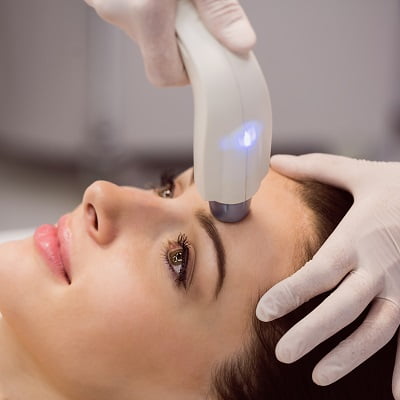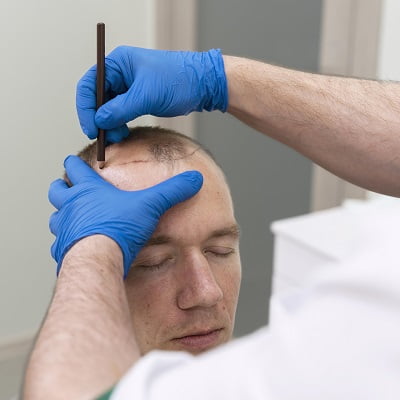
Hair loss can be a profoundly distressing experience for many people, affecting self-esteem, confidence, and overall well-being. Fortunately, advancements in medical science have made hair restoration procedures like hair transplants more accessible and effective than ever before. However, even after a successful hair transplant, some may wear hair wigs in Islamabad for various reasons.
In this blog, we will explore the possibility of wearing a hair wig after a hair transplant, the reasons for doing so, and the factors to consider.
Hair Transplants: A Brief Overview
Before diving into the topic of wearing hair wigs after a hair transplant, it’s essential to understand what a hair transplant entails. There are two primary methods for hair transplantation: Follicular Unit Transplantation (FUT) and Follicular Unit Extraction (FUE).
FUT involves:
- Removing a strip of skin from the back of the scalp.
- Dissecting it into individual follicular units.
- Transplanting them to the bald or thinning areas.
Conversely, FUE involves extracting individual follicular units directly from the donor area and implanting them into the recipient area.
Both procedures have pros and cons, but the ultimate goal is to redistribute hair from donor areas to areas with hair loss or thinning. Once fully healed, the transplanted hair grows naturally and can be cut, styled, and managed just like the rest of your hair.
Why Wear a Hair Wig After a Hair Transplant?
While hair transplants have come a long way in providing permanent and natural-looking results, some individuals still opt to wear hair wigs for several reasons:
- Immediate Aesthetic Improvement: Hair transplants often require several months for the newly transplanted hair to grow and achieve a natural appearance. In the interim, hair wigs can provide an immediate cosmetic solution, concealing any residual baldness or surgical scarring.
- Variety and Versatility: Hair wigs offer the flexibility to experiment with different hairstyles, lengths, and colours, which can appeal to those who want a quick change without affecting their transplanted hair.
- Protecting the Transplanted Area: After a hair transplant, it’s crucial to avoid excessive sun exposure, physical trauma, or chemicals in the treated area to ensure optimal healing and hair growth. Wearing a wig can protect the newly transplanted hair from these potential harms.
- Temporary Solution: Some individuals may choose to wear wigs temporarily, for special occasions or during recovery until their transplanted hair fully regrows.
Factors to Consider When Wearing a Hair Wig After a Hair Transplant:
If you’re considering wearing a wig after a hair transplant, it’s essential to weigh the following factors:
- Type of Wig: Various types of wigs are available, including synthetic and human hair wigs. Human hair wigs offer the most natural look and feel, which can complement the transplanted hair effectively.
- Wig Maintenance: Proper maintenance is crucial to ensure the wig stays in good condition. Regular cleaning, styling, and care are essential to prevent damage or discomfort.
- Comfort and Breathability: A well-fitted wig that allows for proper airflow can minimize discomfort and sweating, especially during post-transplant healing.
- Expert Consultation: Consult with a wig specialist or stylist who can help you choose the right wig, ensure a proper fit, and guide styling and maintenance.
- Psychological Impact: Consider the psychological aspect of wearing a wig. Some people may experience heightened self-confidence and well-being, while others may feel self-conscious. It’s essential to address any emotional concerns and seek support if needed.
- Duration of Use: Decide whether you plan to wear the wig temporarily or permanently. This decision can impact the type of wig you choose and how you care for it.
- Follow Post-Transplant Care Guidelines: Regardless of whether you wear a wig, it’s crucial to follow the post-transplant care instructions provided by your surgeon. It ensures that your newly transplanted hair grows successfully and naturally.
The Bottom Line!
Wearing a hair wig after a hair transplant is a personal choice and can serve several purposes, from immediate aesthetic improvement to temporary protection for the transplanted area. Ultimately, it’s essential to make an informed decision at Royal Cosmetic Surgery Islamabad by considering the type of wig, its maintenance, comfort, and psychological impact.
Regardless of your choice, proper care and adherence to post-transplant guidelines are key to successful hair transplantation. It will help your newly transplanted hair thrive and offer a natural and lasting solution to hair loss.











Book Appointment